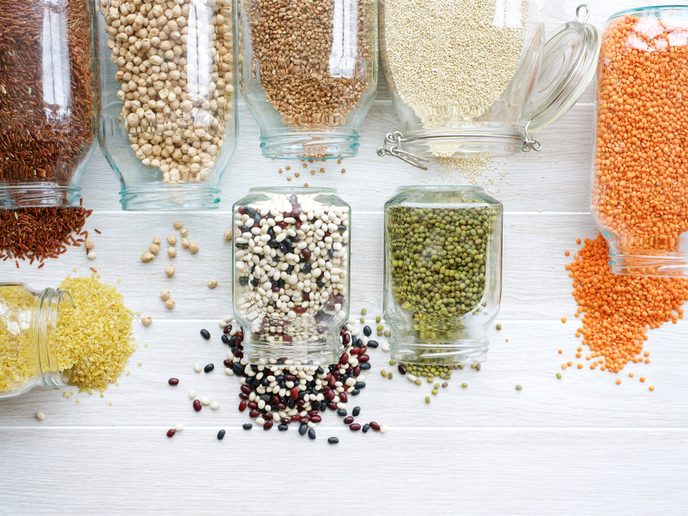Protein-rich alternatives to meat for a sustainable future
Our growing appetite for meat is not only harming our health, it’s also harming the planet. Meat production is currently responsible for around 15 % of all man-made greenhouse gas emissions. As the world’s population grows, our rate of meat consumption will no longer be sustainable. The increasing world population needs high-quality protein-rich food sources whose production will focus on human health, environmental sustainability and increased biodiversity. To address these challenges, the EU-funded project PROTEIN2FOOD is developing high-quality foods from protein-rich seed crops and grain legumes. Developed using optimised, sustainable production and processing methods, these non-meat–based sources of protein are both nutritious and kinder to the environment. A multi-faceted strategy for alternative protein-rich foods PROTEIN2FOOD has an ambitious goal. According to Dr Sven-Erik Jacobsen of the University of Copenhagen, who was quoted in a news item published on the ‘OpenPR’ website, it’s to “… produce plant-based protein food which is sustainable and so attractive that the consumers will prefer those to animal-based alternatives.” Ambitious it may be, but the 19 international project partners haven’t left much to chance. Their research and activities span the entire food value chain: from crop production and protein extraction and processing, to developing tasty food prototypes and conducting customer acceptance studies. The project also assesses the potential contribution of its novel products to improved sustainability in Europe and worldwide. In addition, it studies its products’ socioeconomic and policy implications, and raises awareness and builds relationships among all stakeholders. Another project achievement is the new online geographic information tool developed to promote protein-rich crop production in Europe. It combines data from 42 studies, spanning more than 32 years (1985-2017). The tool provides information about more than 70 crop genotypes produced under 7 agricultural management systems in 3 environments. Users can choose between different crops (e.g. chickpea, faba bean, lentil, pea), different management systems (e.g. deficit irrigation, fertiliser, sowing density, weed control), different soil textures (e.g. clay, loam, sandy) and more. Protein-rich crops near and far The plants the researchers have been working with are high in protein quality or quantity. Some crops, such as amaranth and quinoa, are from the Andean region of South America. The project team is working to adapt these plants to European climates, increase their protein content and quality, and improve current protein extraction methods. A total of 55 innovative food products were created using quinoa. These include dairy substitutes, cold drinks, appetizers, salads, main dishes, breads and pastries. Other crops being investigated are buckwheat, lentil, faba beans and chickpeas, all traditionally grown in Europe. These protein sources have been used to create meat substitutes such as burgers, a plant-based chicken breast and spreads. Additional products include pasta, vegetable drinks, protein bars, breakfast cereals and baby food. PROTEIN2FOOD (Development of high quality food protein through sustainable production and processing) is now in its final year. Project partners are harvesting the last crops, analysing and processing ingredients, and adjusting food prototypes for consumer testing. For more information, please see: PROTEIN2FOOD project website
Countries
Denmark



